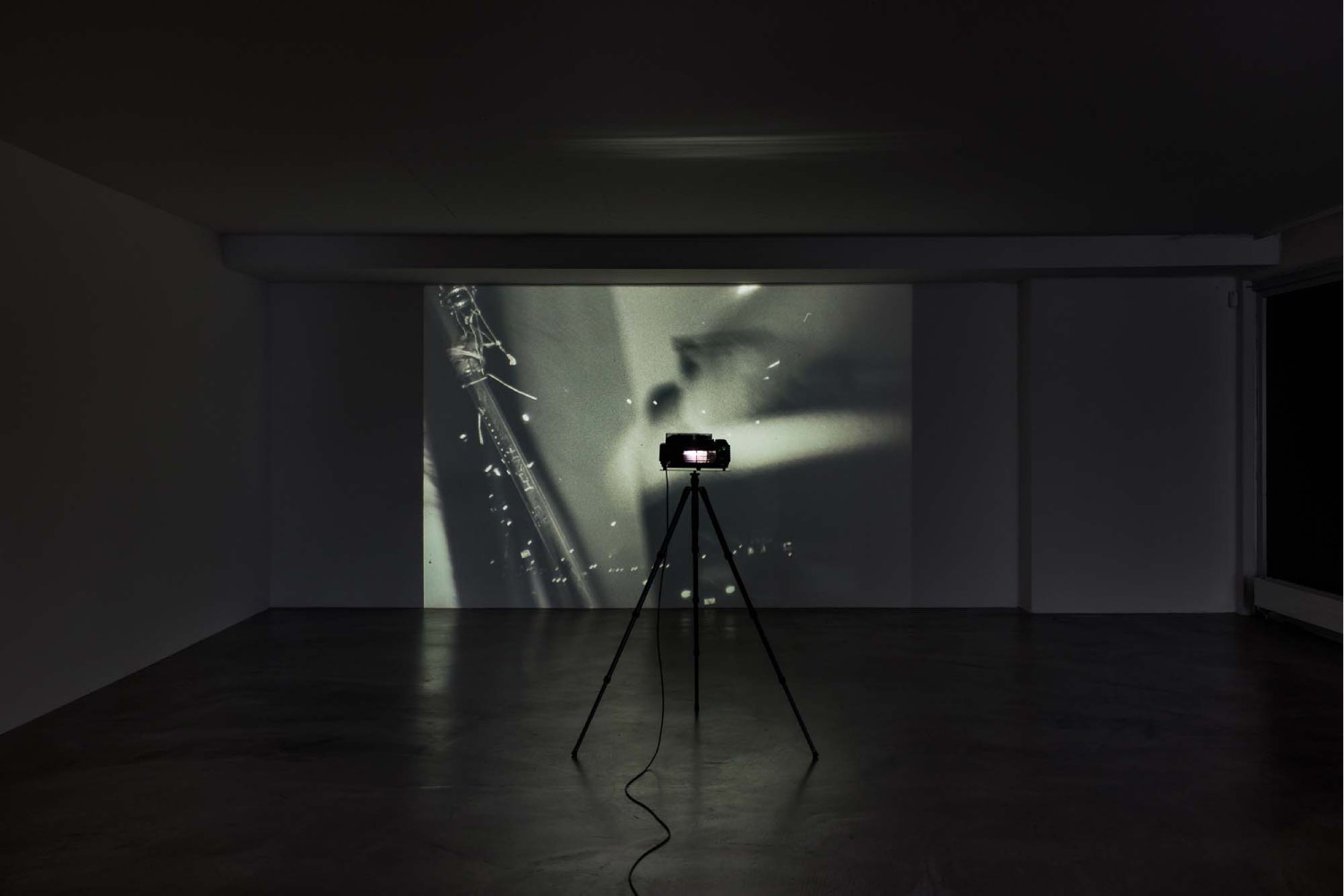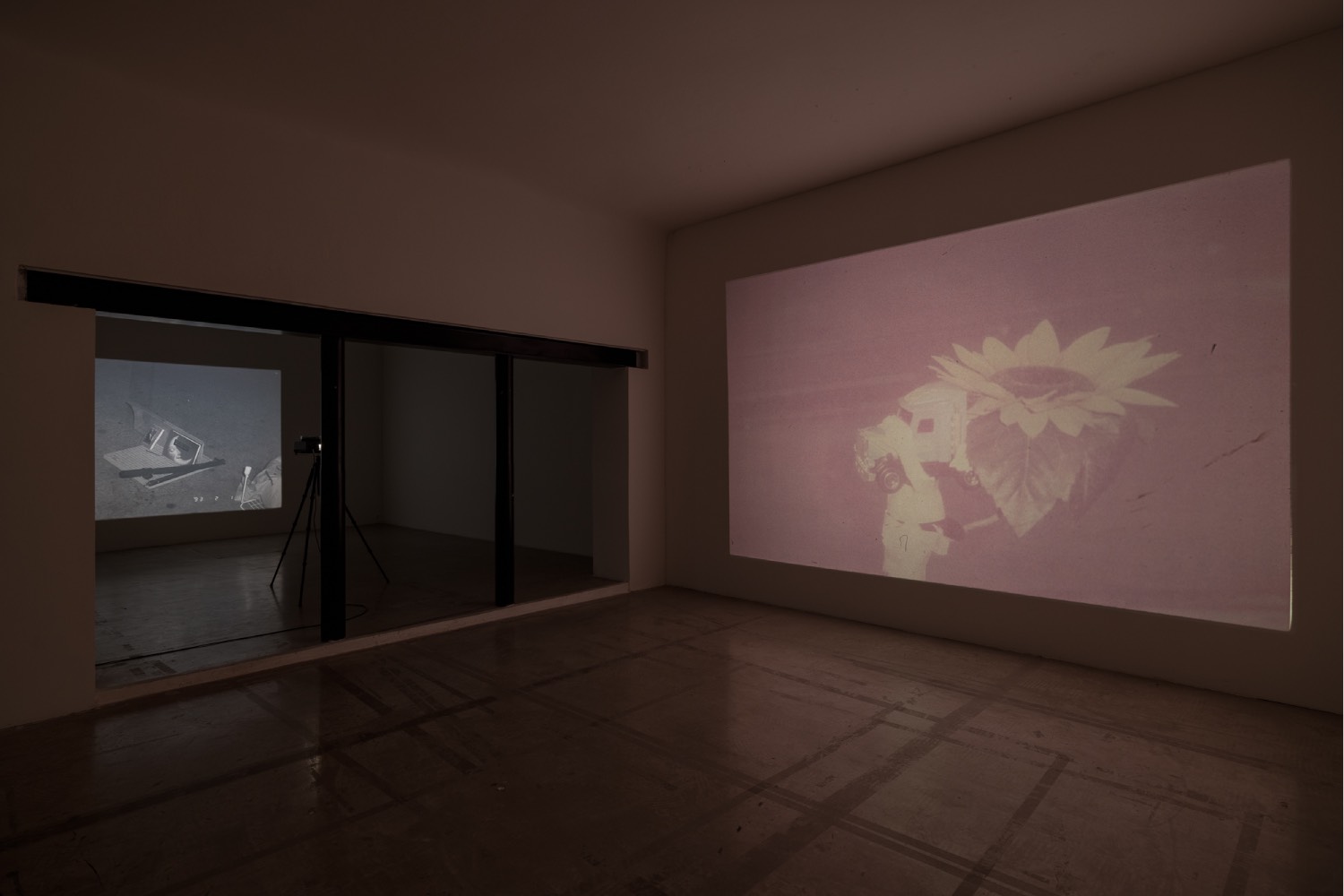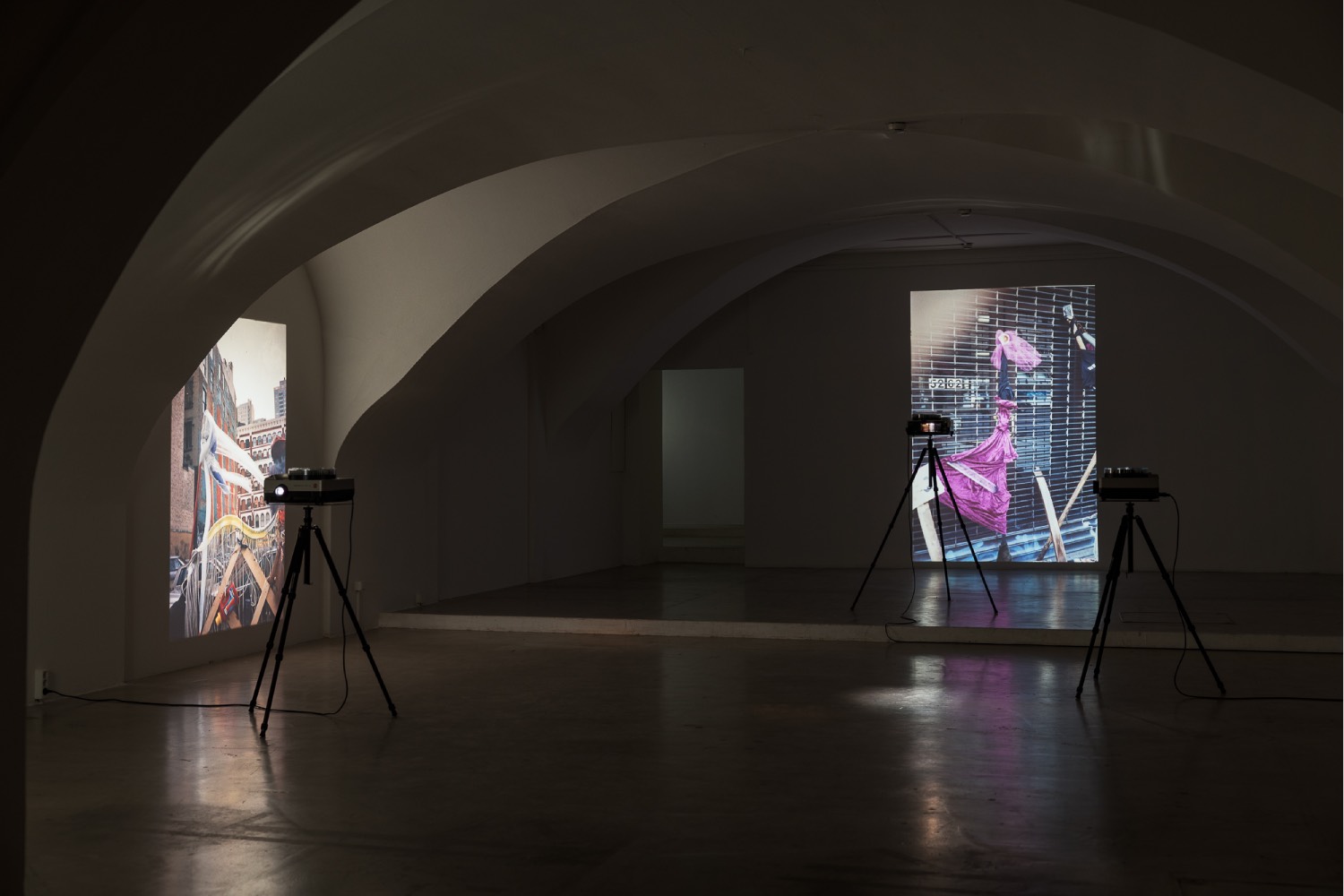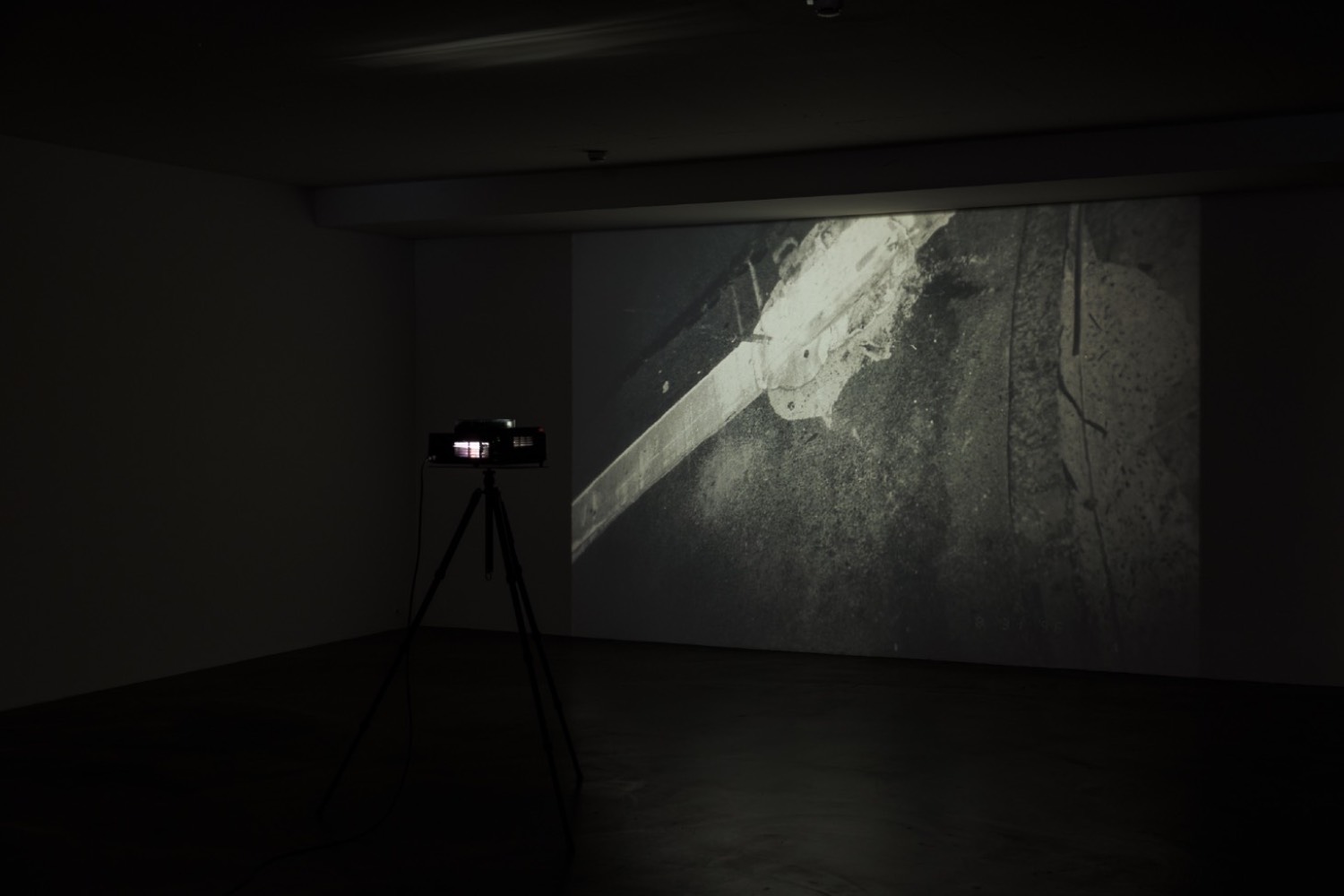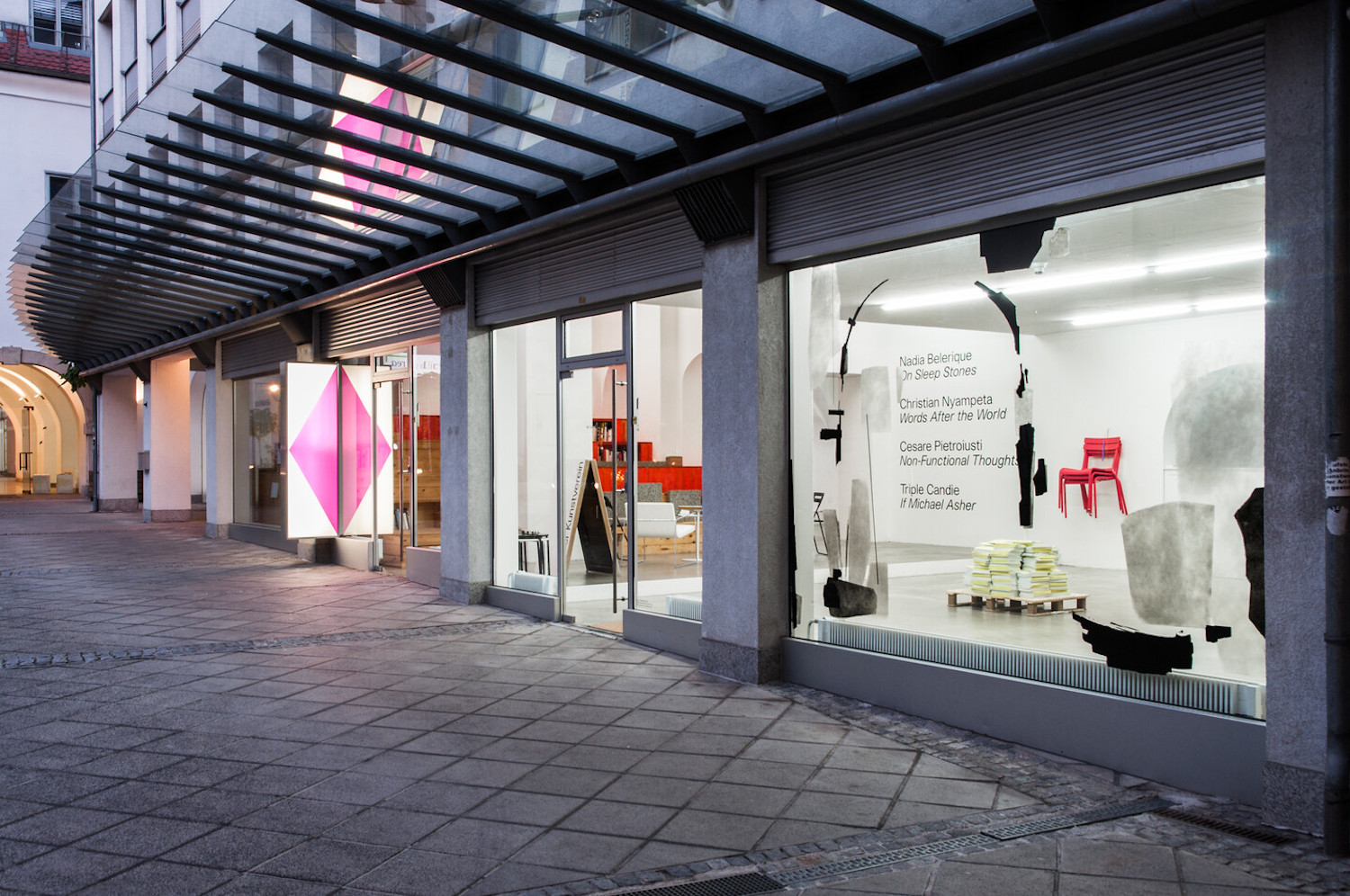“I make sculptures for spaces that need life. I put my art in public spaces for people to catch love, secrets, and respect.”
– Curtis Cuffie
Some time ago, my sister, Gabriela Albandes, posed me a question she had long entertained while studying anthropology at the University of Manchester: If the day comes when humanity colonizes Mars — and assuming we cannot dispense with art — what sort of artwork would be produced on those bare grounds?
Now, while facing the work of Curtis Cuffie, for some odd reason that question keeps lingering, and I wonder why? Well, for obvious reasons life on Mars is supposed to be one of scarcity — very few means to create and even fewer materials to be used or transformed. Nevertheless, the urge to create something new should remain, impelling humans to seek a way to convey ideas through art, even if ephemerally. But since this article is about Cuffie, there are other pressing matters to be pondered, nonetheless related to the idea of an economy of means.
Born in South Carolina, Cuffie moved to New York at age fifteen, later finding himself dispossessed of a shelter, living bare minimum on the streets of downtown Manhattan. It was the 1980s and New York was a decadent city of poverty, filled with garbage on the streets, as per its infamous never-ending sanitation worker strike circa that time. Amid such a troublesome environment, the East Village population would soon become familiarized with Cuffie’s impromptu pieces that took shape here and there around the blocks of the Bowery — assemblages of trinkets, bits and bobs he would collect along the way in order to create a body of work that could very well be perceived as public art, had it not been dismantled time and time again by police officers, passersby, sanitation workers, or weather conditions. Still, those unlikely sculptures would attract the attention of artists and curators, some of whom would establish close ties with the unhoused artist, and therefore were able not only to record those amazing oddities on film but also to present his work in several venues around town.
Twenty years after Cuffie’s death, an exhibition featuring around seven hundred photographs is being held at Graz Kunstverein. Curated by Tom Engels in collaboration with Robert Snowden, the show follows the precedent set by an exhibition held at Galerie Buchholz, New York, in 2023. This time the public will not see the actual sculptures (very few have survived), but will instead view photographs taken by Katy Abel, Tom Warren, and Curtis Cuffie himself. Vibrant color photographs by Abel, who would later become Cuffie’s lover, are projected from a slide carousel that shares gallery space with Warren’s straightforward black-and-white shots and Cuffie’s own somewhat abstract images of his own work. The asynchronous movement, gaining momentum with the flickering machines, prompts us to explore the motivation that drove Cuffie to create his own world within a city inundated by an alarming amount of visual information. Some argue he was a landscape artist of sorts, others that he was a performer.
There is nothing plain about Curtis Cuffie and his art. He was not an outsider artist, completely estranged from reality. On the contrary, he actively engaged with artists, scholars, and Black activists. His work defies easy categorization as either public art — strictly defined as government-commissioned projects — or non-public art, as it was meant to be fully experienced, felt, and seen in public spaces. Moreover, his art incorporates what has been made public or public domain, even if as waste.
Getting back to Mars, and then down to Earth again, Cuffie’s art “casts spells” on material culture, infusing it with a soulful dimension never too far from acquiring a life of its own. After all, we are talking about New York City, and the United States, where poverty has always lurked within the abundance of capitalist excess. But Cuffie turned this equation upside down, bringing scarcity to daylight in such a rich fashion that it overshadowed the signs of America’s dreary merry-go-round. Whether on New York or Mars, either in scarcity or abundance, we can only hope to be always touched by holy, heartfelt art, on whatever hostile ground humanity may stand upon.
Bless this man!

